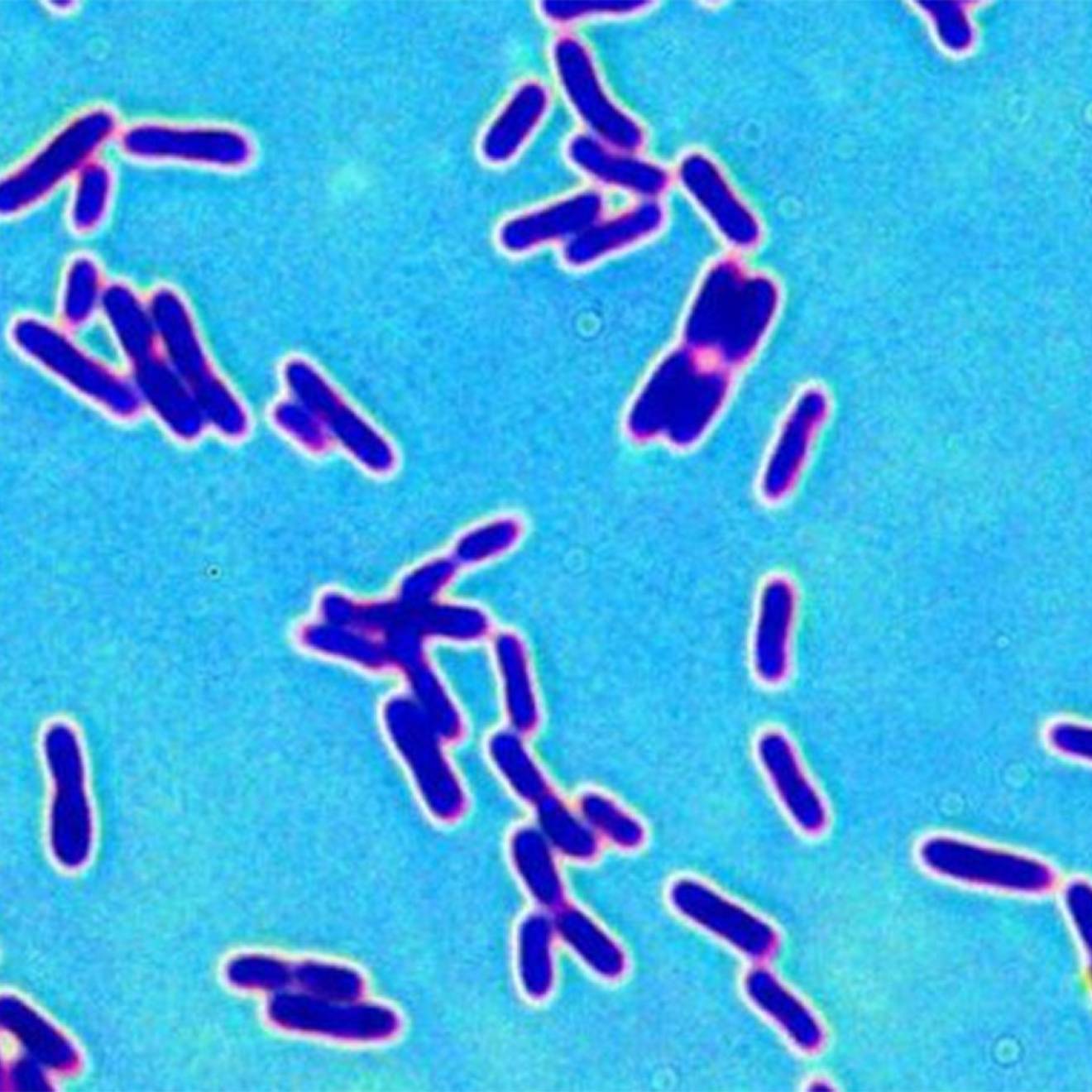Ariel Rubissow-Okamoto,
America's growing sweet tooth is super-sizing waistlines and the nation's health care price tag, warn University of California researchers.
People in the U.S. are eating 21 times more sweet stuff today than the pilgrims and pioneers did, according to data presented by scientists at a symposium on sugar and other sweeteners, sponsored by the Center for Obesity Assessment, Study and Treatment (COAST) at UCSF, the UC Office of the President, UC Berkeley and UC Davis.
The result of Americans' appetite for sugary foods is a spiraling number of people with "metabolic syndrome," a litany of ailments that includes diabetes, fatty liver, high blood pressure, heart disease and obesity. Some 50 million people in the U.S., including 35 percent of adults, now suffer from metabolic syndrome, according to the American Heart Association. And the annual medical costs for cardiovascular disease and type 2 diabetes alone have soared to $400 billion.
The problem is now so weighty that one researcher urges the government to act aggressively to help alter diets.
"Everyone wants to make obesity about personal responsibility, something that's your fault, but that's a waste of time," said Robert Lustig, a UCSF professor of pediatrics and a COAST researcher, at the March 17 symposium — the first by COAST and UCOP to focus on dietary sugar and metabolic outcomes — at UC Davis. "Enough people are sick that we need a societal and government intervention on the scale of that mounted against tobacco and alcohol.
"The government pays twice for obesity: first for the corn subsidy (to make high-fructose corn syrup), and then for emergency room heart attacks and health care," said Lustig to the 150 conference attendees, including health care professionals, dietitians, graduate students, policymakers and even members of the sugar industry.
Lustig and other conference researchers linked Americans' alarming weight gain and associated health problems to a constellation of causes: the pleasure centers in our brains; the ads on TV exhorting us to indulge; the fructose that has replaced other sugars as the preferred sweetener in cereals and sauces; even the fattiness of the rest of our diets.
"Fructose could be the catalyst for hypertension in high fat, high salt diets. One's the fire, and one's the firewood," said Dr. Richard Johnson, chief of renal diseases at the University of Colorado, during opening remarks. Soda is one prime suspect. Thirteen percent of Americans now down three to four cans of soda a day. About half the sweetness in a non-diet soda comes from fructose and half from glucose, and there are significant differences in how our bodies process and react to the two sugars.
Fructose fattens tummies
Kimber Stanhope, a researcher in the UC Davis Molecular Biosciences Department, created a series of experiments to tease out these differences. In one 10-week study, 32 older, overweight subjects spent two weeks in a UC Davis research clinic, eight weeks at home and two weeks back in the clinic — during which time she made sure the only sweetened drinks they consumed were specially-made Kool-Aid laced with either fructose or glucose.
They drank three glasses of Kool-Aid a day, which Stanhope calculated would equal about 25 percent of their energy intake. She even tested their urine to make sure they drank the required dose. The bookend stays in the more controlled environment reassured her that sugar would remain the primary variable in their lives. She didn't want her results to be skewed by her subjects going out the night before a test and drinking three beers, running 10 miles, or fighting with their spouse — all of which might affect metabolism.
Stanhope's research suggests that the mechanisms by which sugar is related to all metabolic diseases are fructose driven. "Glucose bypasses the liver and goes into systemic circulation, whereas fructose overloads the liver and gets turned into liver fat, which then increases blood triglycerides, cholesterol and the risk of cardiovascular disease," said Stanhope. "The extra liver fat may also cause the increased insulin resistance we saw in the subjects consuming fructose."
Scientists associate such insulin resistance with a higher risk of diabetes.
Stanhope also noted that the two sugars caused differences in fat storage — fructose leads to an apple-shaped body, which is associated with greater health risks, while glucose leads to a pear-shaped body. She suggested that the increased insulin response after a glucose-containing meal may lead to accumulation of subcutaneous fat (fat outside the stomach or around the hips) and the lowered insulin responses after a fructose-containing meal may lead to "visceral adiposity," or fat inside the stomach.
Extra weight around the waist is considered a hallmark of metabolic syndrome.
A culture of overconsumption
While scientists try to determine if sugar is addictive or if Americans just have an inordinate preference for sweets, one UC researcher says our fondness for sweet foods stems from a culture of consumption.
For many decades, advertisers have influenced our ideas about sugar, artificial sweeteners and the healthiness of the various foods that contain them, said Carolyn de la Pena, a American studies professor and director of the UC Davis Humanities Institute.
"Sugar is a cultural construction, a loaded concept. There is no way we emerged unscathed from the [sweetness] of the last century," said de la Pena at the conference.
She traced the history of America's shift from sugar to artificial sweeteners — from the 1920s, when housewives were exhorted to serve up lots of baked sweets because it was good for their families, to the arrival of tiny saccharin pills in silver dishes on 1950s dinner tables and the big success of aspartame in the 1970s.
But some of the sugar substitutes are 200 to 500 times sweeter than sugar, leading to the "incredible sweetening of the American palate," said de la Pena.
It wasn't long before sugar was deemed "poisonous." By the 1980s, the New York Times had equated sugar with "unfiltered cigarettes and cobra venom." Today, artificial sweeteners and the products that contain them are a huge part of a weight-loss industry that pulls in some $45 billion a year in the U.S.
Too many spoonfuls of sugar
Despite a perception that sugar equals fat, those crystalline white granules only contain 18 calories per teaspoon. Doctors say eight teaspoons a day won't do most people much harm, but 22 teaspoons per day — 396 calories, a small meal in itself, and our median consumption level, according to Lustig — will. It's no wonder metabolic syndrome preoccupies health clinics and research labs across the country, including UC's multi-campus Center for Obesity Assessment, Study and Treatment.
In the end, it is likely to take more than homegrown antidotes, such as exercise and a healthy diet, to address the obesity epidemic. COAST's Lustig said societal intervention — in the form of counter-advertising, taxes, access restrictions and industry regulation — worked to curb alcohol and tobacco abuse, and he'd like to see the same war waged on America's sweet tooth.
For starters, he suggests that fast food chains should not be allowed in children's hospitals (28 percent now host them); convenience stores should not sell soda to minors between 3-6 p.m., when the school day ends; and fructose should be removed from the FDA's GRAS (generally regarded as safe) list.
"Obesity is a threat to national security," said Lustig. "‘Just say no' didn't work for drug abuse and it won't work here. We need to change the food environment."

